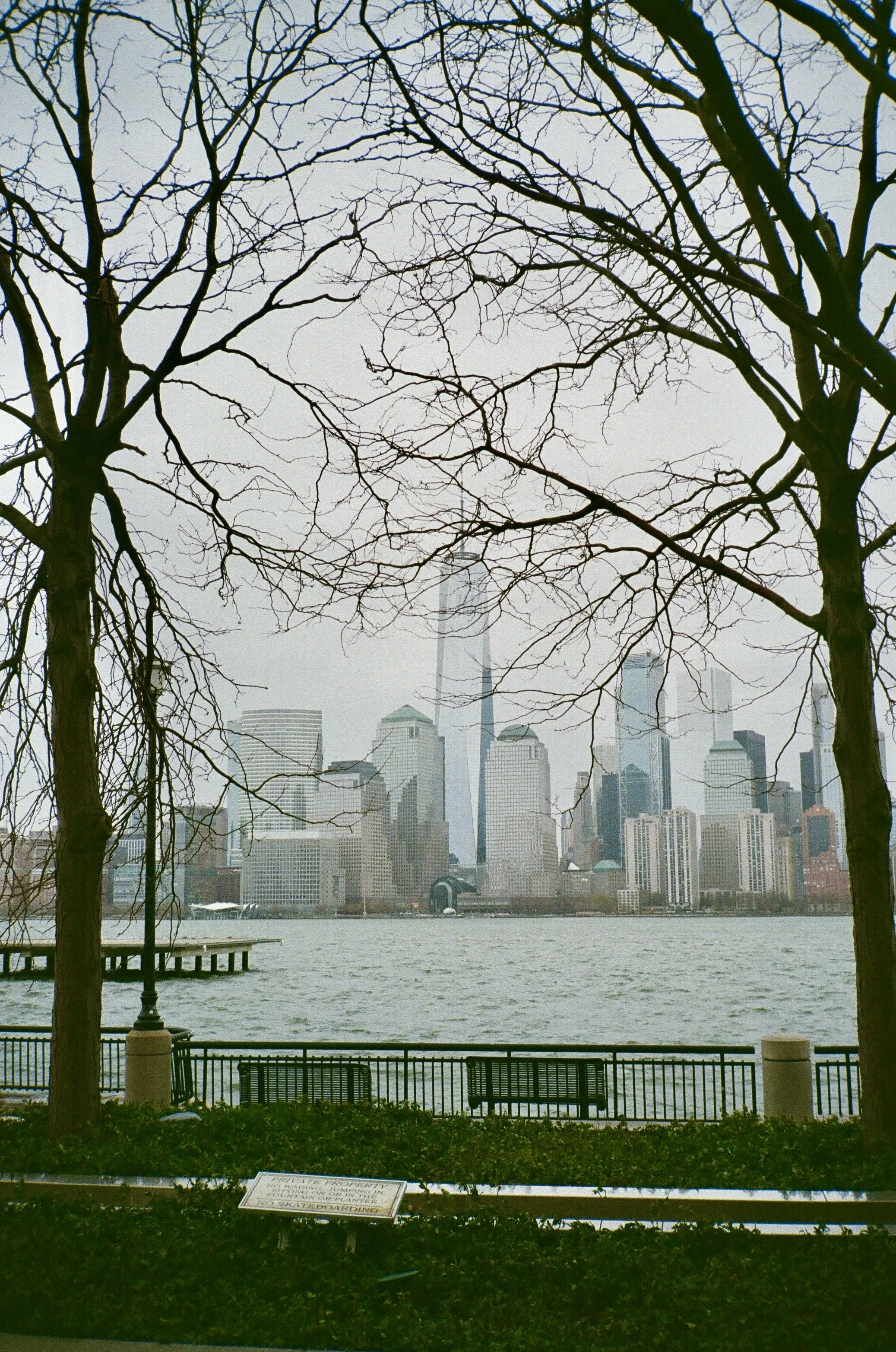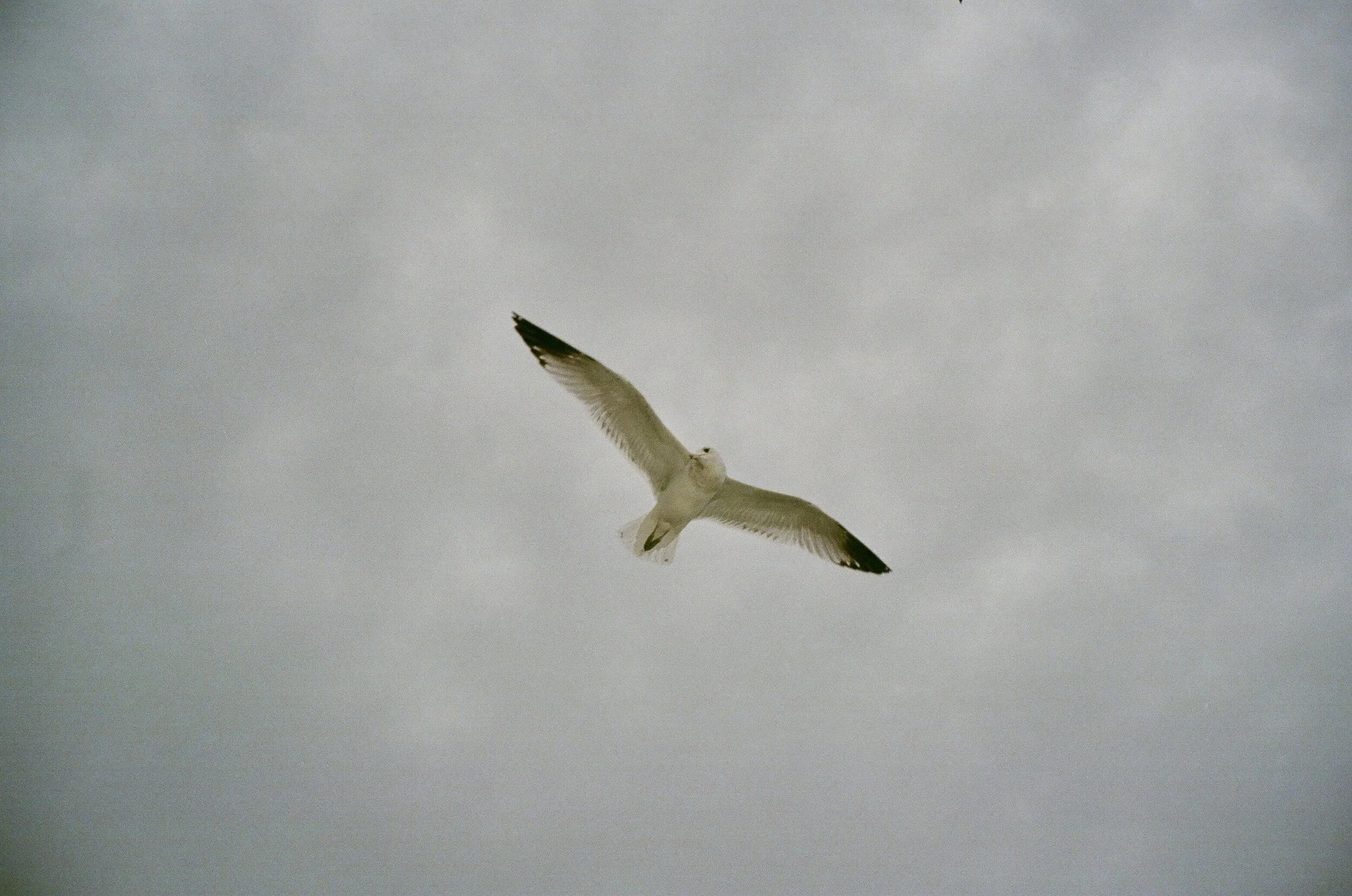Jamal Dixon Moves With The Flow
With the release of his two first records and a killer DJ mix for Beats in Space’s radio show, Jamal Dixon made the best of the awful year 2020. Born and raised in Newark, New Jersey, he has been a NY nightlife fixture from the early 1990’s, while working at The Tunnel, to the late 2010’s, deejaying at The Top of The Standard. Jamal has seen the future, and it will be rough and techno.
Read the Q&A while listening to its playlist here.
All photos by Jérôme Viger-Kohler
NOUVEAU YORK: Tough times. How have you been?
JAMAL DIXON: Chilling mostly, most days are up and some days are down. Working on music as much as possible. I stay in my little bubble and try to stay present. Take it one day at a time.
NY: You’ve released two records, crushed it as a DJ on Beats in Space. Nobody can say 2020 has been a good year, but do you feel you made the best of it?
JD: Yeah, as a rule of life I try to make the best of every situation. It’s like training in Jiu Jitsu. When you feel the pressure, sometimes you just have to relax a little and breathe through it and move with the flow until you can figure out how to get out of the position you're in.
NY: What has been the most rewarding thing that happened to you this year?
JD: Definitely having [NY house label] Nylon Trax releasing my first two records, ‘Brick City’ and ‘Africans on Warren Street’. I’m so thankful for [label owner] Jaymz Nylon to give me a chance to get my music out to the world … Having NY artists Musclecars, Shane Moloney and Ohh Luuu helping out with the second EP with their remixes. And Sharon Rapolla who took my ideas for videos and made it happen.
NY: You were raised in Newark and music was everywhere: at home, on the radios, in the streets. As a child, in that post-disco, early hip hop and house era, what kind of music really caught your heart?
JD: I guess hip hop and rap music really started to stick out to me the most. That’s what I heard the older kids playing on their radios. In Newark in the 1980’s and 1990’s, after school, I would watch a music video show on Channel 31 called Video Music Box. The intro credits have an image of the NYC skyline with Whodini’s “Five Minutes of Funk” as a soundtrack. Every time I hear this song, I think of the NYC image from the opening. I also remember watching Big Daddy Kane’s “Smooth Operator” on that show. And I was too little too late to the party when they first came out, but one of my boys back home kept telling me about [hip hop collective] Griselda years ago. He said they have the old hard, gritty New York hip hop feel to their music. He knew they would be big back then.
When walking in NY streets as a kid, “I didn’t think anything of it at the time.”
NY: By age 13, you were going from Newark to NYC by yourself. Tell us about your first memories of walking in NY streets.
JD: In the 1980’s, my stepfather and mother attended church in Bushwick, so I had to go with them to church every Sunday and sometimes during the week. I didn’t feel anything different when I started to travel over by myself. I didn’t think anything of it at the time. For whatever reason, my parents gave me a lot of freedom to go out as long as I told them what’s up. I’d been walking to grade school solo since 3rd grade and my high school was in downtown Newark which was a journey unto itself! The PATH and buses were $1 each trip back then and ran 24/7. One record reminds me how the city used to look and feel at that time, with the old yellow cabs, it’s the theme of the TV series Taxi: Bob James’ “Angela”.
NY: Your first real club experience was at the club Vinyl, where you used to go to Timmy Regisford’s party Shelter. You once said: “You could take a nap in the club for two hours, then wake up and keep on dancing”…
JD: The Shelter was cool. I would go with my high school buddy Huran. She would go way more frequently than I would. It had a warm family vibe. It seemed like it was a family reunion, everyone seemed familiar with each other in a safe environment. Everyone was dancing and enjoying the music.
NY: Any other club you would go to at that time?
JD: A club called Tramps. I went to one of the last shows before it was closed down. I saw MF Doom, The Roots, Black Star and a few others I can’t remember performing. It was packed. A lot of hip hop heads were in the building that night.
NY: Which records do you remember from those times?
JD: Mobb Deep’s “Shook Ones Pt. II” which paints a vivid picture of how NYC was in the 1990’s. Amazing beat and lyrics. Whenever I traveled I could put this song on to help center me if I was homesick. Black Moon’s “Who Got the Props” is another great song from that era that captures the soul and grit of NY life in the 1990’s.
“I don’t talk much to people or give my opinion often so I figured I can talk through my music.”
NY: You went to college in Baltimore and then came back to NYC and started working for the Tunnel and its owner, the infamous Peter Gatien…
JD: Just so we put it into context. I was around there post-Angel incident [Angel was a member of NYC Club Kids, who was killed by another Club Kid, Michael Alig, in 1996]. I think it was after the trial and sentencing. I was an intern and I barely spoke to Mr. Gatien; he seemed chill whenever I saw him. I would be at Tunnel mostly. Limelight was closed at this time, and I didn’t go over to Palladium. I learned so much at that place. They put a lot of energy into curating art installations with themes for the nights. This would enhance the ambience and experience. I see how the night staff kept the operation running as smoothly as possible, considering it’s a nightclub with thousands of club kids.
NY: Could you describe a regular weekend night at Tunnel?
JD: I remember the Kenny Scharf room being the chill out room, to the side of that huge chandelier in the back of the main room. Along the side hallway, I hear drum and bass and other “experimental” music with cool video projections on the walls. It would have an Alice in Wonderland feel to it. The basement was designed to look like a library. That’s where the hip hop and dancehall would be played. [NY hip hop DJ] Funkmaster Flex was doing the entire club on Sundays. It was a lovely experience, I met a lot of great people and learned so much.
NY: After that, you ran your own party, an afterparty back in Newark, called The Loft. What was the vibe there?
JD: My boy Shack and I put it together and our boy DJ Til was our DJ. Shack and I were working at this club in Irvington called Zhanes and we did a few college parties at Club 88. We wanted to do our own thing with our own concepts and ideas. Til would play club, house and classics. We had a little bar set up. I had a lot of local club veterans work for us so people would see a familiar face when they came. It was in a huge artist loft with a few rooms, downtown Newark. I tried to have each room with a different theme so people could leave the dance floor and create their own experience.
NY: It seems you became a DJ a bit by accident and recently you became a producer also by accident. Is that true?
JD: I wanted to work on music before, I just didn’t have time and the tools to make it happen. When I was working at [NY record shop] Turntable Lab we sold [music production software] Ableton. Ableton gifted all the employees at that time with the software. I didn’t start messing around with it until after I retired from the store, ten years ago. I needed some help so I was introduced to [NY music producer] John Selway. He helped me a lot and the rest is history.
NY: What does the future look like?
JD: I want to continue to put out music. London label Rhythm Section and Nylon Trax will be releasing some new records of mine soon. I’ve been trying my best to improve on the craft. I’ve been leaning more into the techno side of things. I try to create songs that have messages. I don’t talk much to people or give my opinion often so I figured I can talk through my music.





